Almost every day in Scotland, public appeals are issued to trace people who disappear – but what actually happens when you report someone missing?
Data compiled by the Missing People charity shows about 170,000 people are reported missing every year in the UK.
Of those who go missing, the majority – more than 95,000 – are adults, while around 70,000 are children.
The charity estimates about 75% of missing adults and 80% of children will be found within a day – that rises to 85% and 90% after two days.
About 2% of children and 5% of adults will be missing for longer than a week.
What does being a missing person mean and when should you contact police?
Someone will be classed as missing for as long as their whereabouts and wellbeing are unknown.
Police Scotland say you should contact officers as soon as you become concerned or establish that someone could be missing.
You do not have to wait 24 hours before contacting the authorities – this is a common misconception.
You can report someone as missing by calling 999 in an emergency, or through 101.
What happens if I report someone missing in Scotland?
Once police officers are told of a missing person they will launch an investigation to find them.
Police Scotland advice says: “As part of this, an officer is deployed to obtain further details of the incident.
“With the help of the person reporting the incident the officer will obtain as much information as possible about the circumstances including a photograph, of the missing person, if available.”
The investigation
After the initial report, an assessment is made about the vulnerability of the missing person and the risk they pose or could be exposed to.
Police say they take into account a number of factors in assessing this, such as the persons age, health and whether they have financial or personal problems.
“Immediate enquiries will be undertaken by the investigating officer to try to find the missing person as soon as possible,” the force says.
“Depending on the circumstances, the investigation may involve other specialist officers including the CID.”
As part of their inquiries, police will often share appeals to the public for help to trace the person.
These are usually shared with the media and on social media channels like Facebook.
How can I help?
What you can do and how police respond will depend on who has gone missing and where.
For example, the investigation to find someone who has gone missing abroad will be different to the search for someone missing in Scotland.
Police Scotland says you can help in the following ways:
- Photographs: It is helpful to provide one or more good photographs of the missing person which police can take away and use as part of the search.
- Search: Officers will likely need to search the home or place where the missing person was last seen. While you can do this yourself, police will also need to look as part of their investigation.
- Health: You will likely be asked about the person’s health, so it can be helpful for you to find out their doctor’s details and any information you have about their medical history.
- Family: You might be able to help the investigation by contacting the family and friends of the missing person to see if they have seen the person or heard from them.
- Social media: You may be able to see the social media accounts of the missing person and be able to check for any activity that could reveal where they are.
How to get help
As well as the police, you can also get help and support from the Missing People charity.
Alongside the information and support materials on their website, the charity also runs a helpline.
Who went missing in 2022?
Data obtained by The Courier shows that the majority of those who went missing in Tayside and Fife between January and November 2022 were aged 10-19.
In this age category, over 1,200 missing reports were filed in Fife and 696 in Tayside division – which covered Dundee, Angus and Perth and Kinross.
Among children aged 0 to nine there were 59 reports in Fife and 15 in Tayside.
In terms of gender, men were slightly more likely to be reported missing in 2022, accounting for 1,632 reports in the area.
A total of 500 missing person reports in Tayside and 672 in Fife were for women.
Meanwhile, 57 reports were filed for people identifying as transgender, and 22 among those who list their gender as non-binary.
Reports were fairly evenly split across the year, although slightly more missing person inquiries were launched in the summer months.
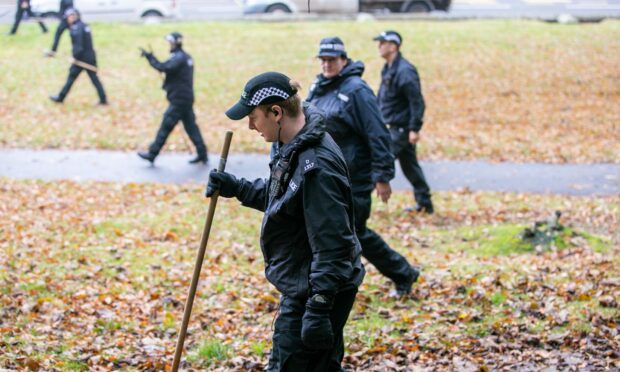
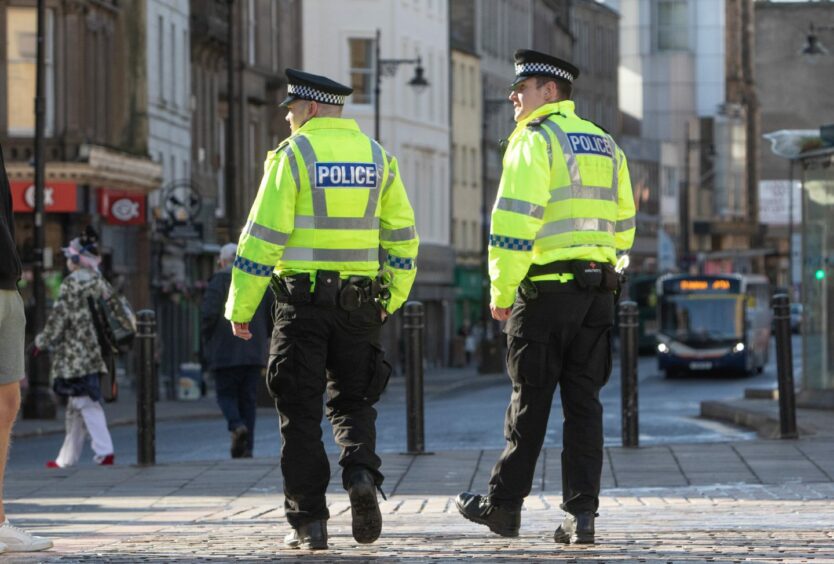
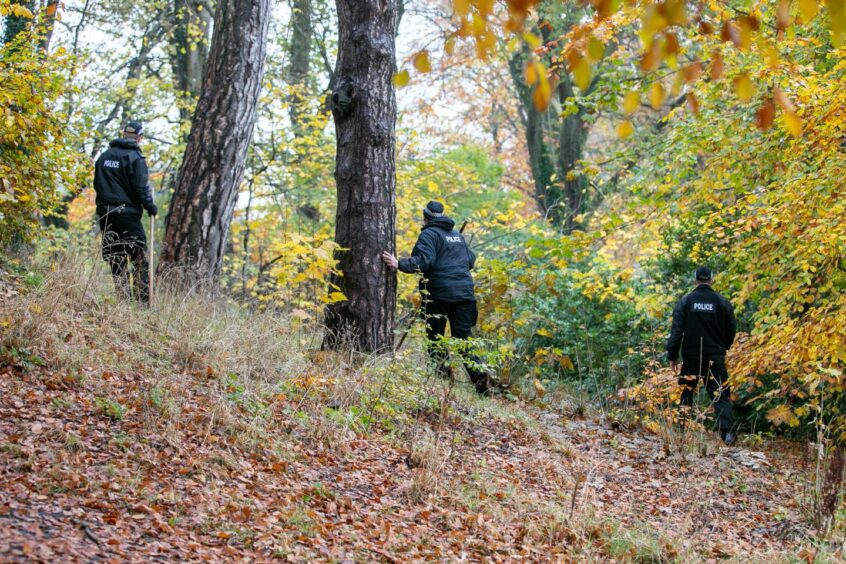


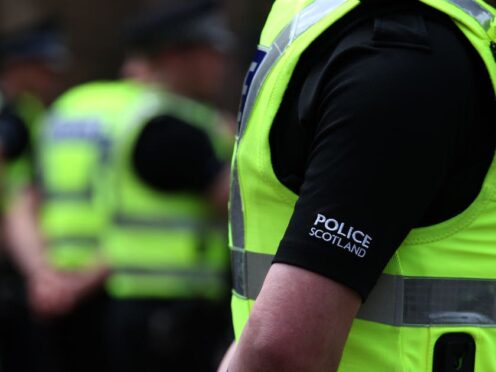
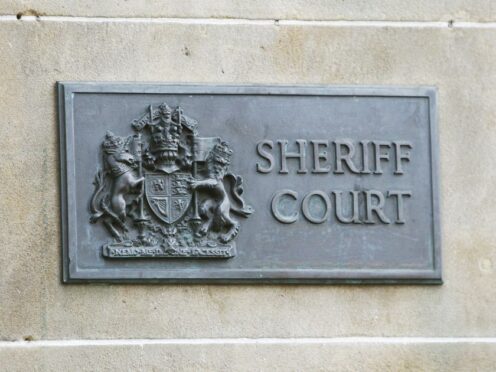
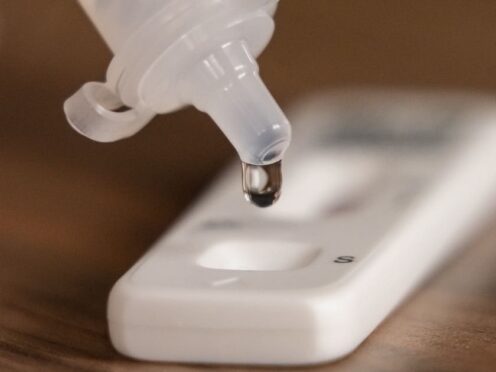



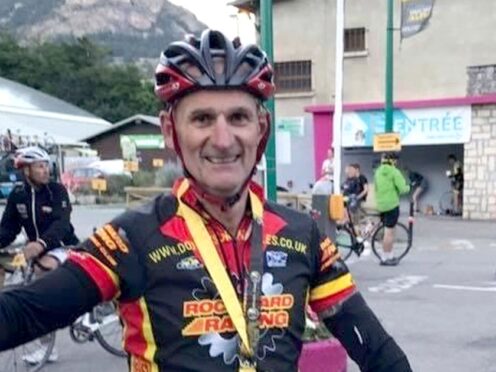
Conversation